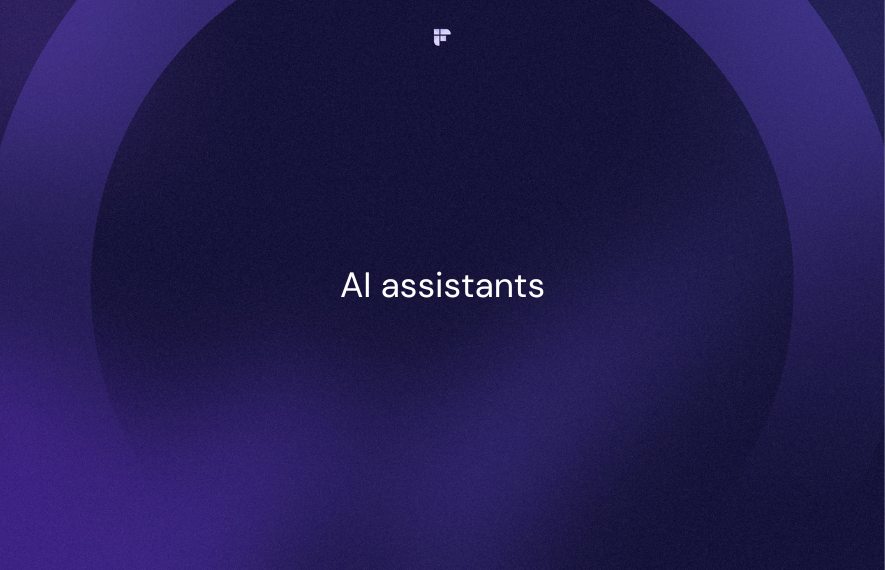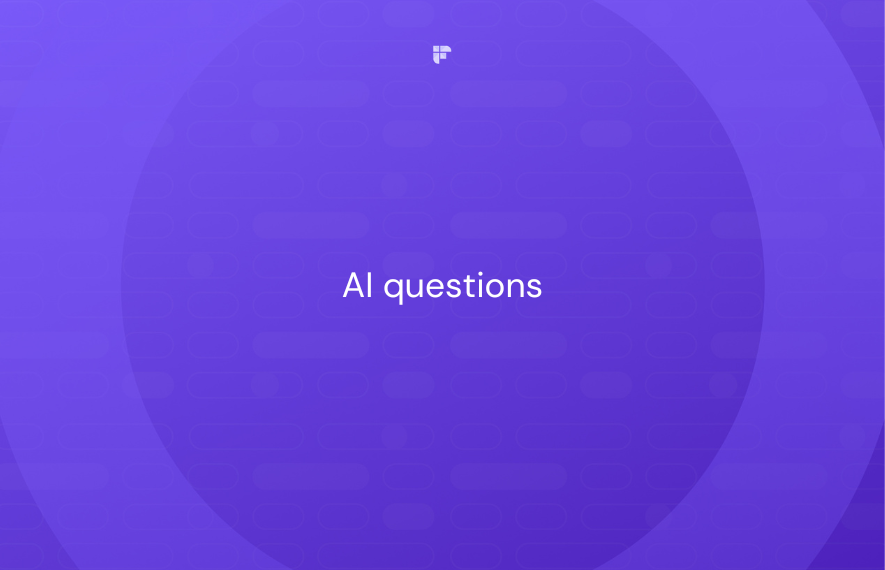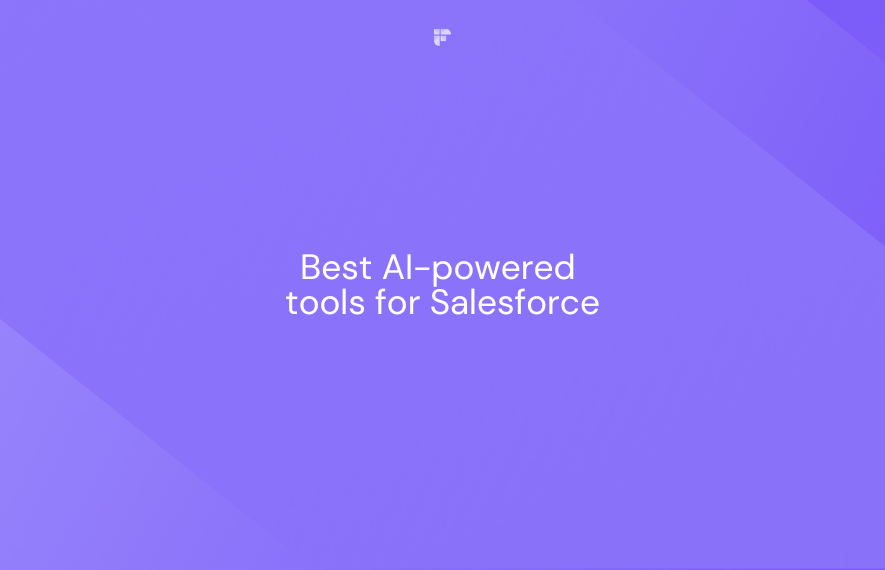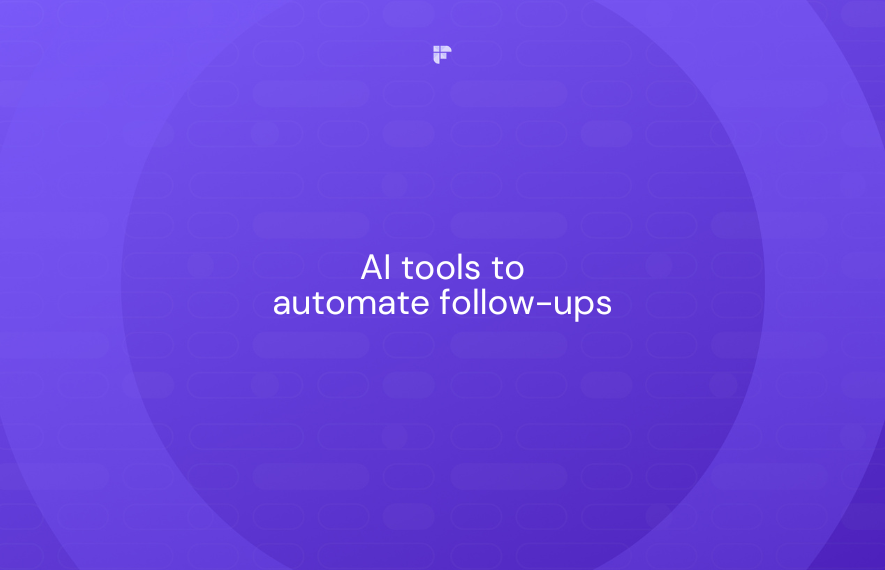Artificial intelligence (AI) is an exponentially trending topic today.
The search volume of the keyword "AI" tripled from 7.9 million monthly searches in June 2022 to over 30.4 million by March 2023.
But despite its popularity, many still find AI confusing.
In this article, we provide simple, clear answers to the 10 most common AI questions and attempt to demystify this rapidly evolving technology further. We'll discuss:
- What is artificial intelligence?
- What are the different types of artificial intelligence?
- How is AI different from machine learning and deep learning?
- Which programming languages are popular in AI?
- What is a Turing test in AI?
- What are the real-world applications of AI today?
- Will AI replace humans in the future?
- What are valid concerns about advanced AI systems?
- What causes AI to produce incorrect information?
- What is the future of artificial intelligence?
Exciting? Read on!
Top 10 AI Questions
What is artificial intelligence?
A computer would deserve to be called intelligent if it could deceive a human into believing that it was human—Alan Turing, Computer Scientist, and Mathematician.
Artificial intelligence or "AI" refers to computer systems that can perform tasks that normally require human thinking and judgment. Its goal is to create machines that can function on their own without needing human input all the time.
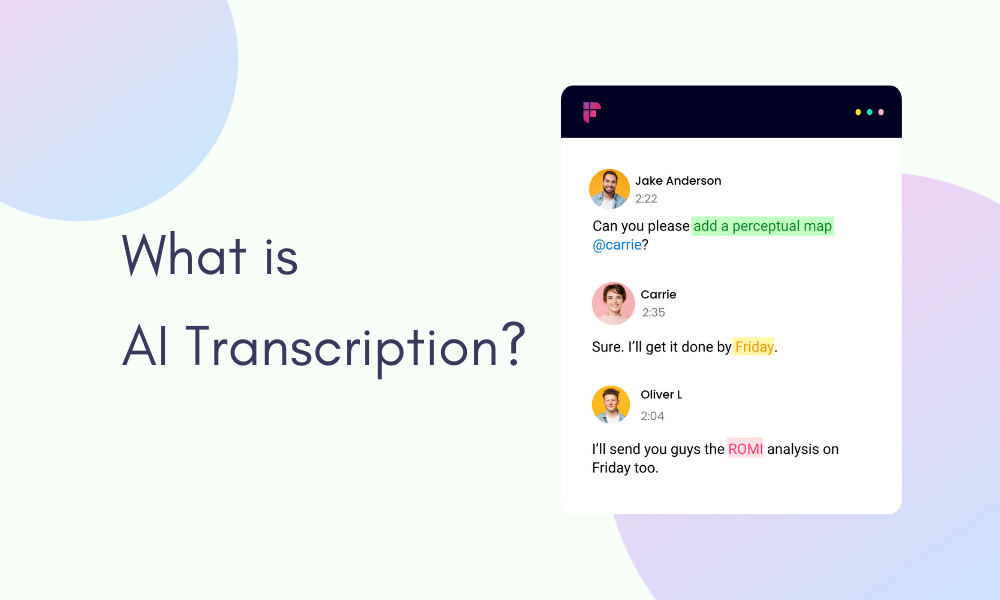
What are the different types of artificial intelligence?
Artificial intelligence systems are classified based on their capabilities and functions.
In capabilities-based classification, AI is categorized into:
- Narrow AI: Designed for specific, well-defined tasks like playing chess or diagnosing diseases. AI applications, such as Siri, fall under this domain.
- General AI: Also known as strong AI, this aims to build systems matching generalized human cognitive abilities like reasoning, learning, and problem-solving.
- Super AI: Conceptualized as AI that can surpass even the most gifted human minds in intelligence. As of now, Super AI exists only in theory.
In terms of functions, AI is categorized as:
- Reactive Machines: Simple systems that perceive environments and respond based on rules without complex planning. They don't store experiential knowledge. Deep Blue by IBM and Google AlphaGo are some examples.
- Theory of Mind: Systems that can evaluate the knowledge and intentions of other agents to predict their future behavior and actions.
- Limited Memory: Machines that retain information and experiences only briefly. For instance, smart cars only store information like nearby cars, their speed, and route information for a limited time.
- Self-Awareness: Considered as the future of AI, these are super-intelligent machines with their own consciousness, emotions, and self-awareness. Similar to Super AI, Self-Awareness AI also exists only in theory.

How is AI different from machine learning and deep learning?
Artificial intelligence (AI) aims to develop intelligent computer systems that perform functions that require human intelligence and cognition.
Machine learning is a subset of AI. It focuses on enabling algorithms to make data-driven predictions and decisions without needing explicit programming for every task. This enables real-world applications like disease identification and sales forecasting.
On the other hand, deep learning is an approach to machine learning that utilizes neural networks—computing architecture inspired by the human brain's neuron connections.
Deep learning finds intricate structures within unlabeled, unstructured data like images, video, and audio. The technique trains neural nets on large datasets to infer new information without supervision.
Which programming languages are popular in AI?
One of the most common programming languages used for developing AI workflows is Python.
Python's robust data science tools, modular design, open-source libraries, visualization modules like Matplotlib, and AI-powered functionality additions like TensorFlow and Scikit-learn make it ideal for experimenting with algorithms and models.
Beyond Python, other languages favored for AI capabilities include:
- Java—general flexibility and integration.
- R—extensive statistical analysis capabilities.
- Lisp—processes symbolic information.
- Haskell—code correctness assurance.
- Julia—high model performance.
- Prolog—reasoning with logic constraints.
What is the Turing test in AI?
The Turing test in AI measures a machine's ability to exhibit intelligent behavior equivalent to or indistinguishable from a human’s.
The test involves a human evaluator interacting with both a machine and another human through a text-based interface without knowing which is which.
If the evaluator cannot reliably distinguish the machine from the human based on their responses, the machine is considered to have passed the Turing test.
What are the real-world applications of AI today?
According to PwC, 73% of US companies have integrated AI into various aspects of their operations. This adoption spans diverse sectors and functions, including:
Marketing
Statista reveals that 37% of advertising or marketing professionals use AI daily to do tasks such as customer segmentation, targeted ads, content creation, programmatic advertising, etc.
Also,
- Over 20% of marketing leaders now allocate more than 40% of their marketing budget to AI-driven campaigns.
- 67% of marketers confirm that AI adoption is essential for acquiring and retaining customers.
- 88% of marketers believe they must further increase the use of automation and AI to meet customer expectations and stay competitive.
E-Commerce
Online retailers leverage AI to provide personalized product suggestions and ads based on purchase history and browsing data.
Global market insights predict the retail AI market can grow at a compound annual growth rate of 30% from 2023 to 2030.
Agriculture
AI-embedded farming systems offer data-driven predictions and interventions to boost agricultural outcomes. It helps farmers mitigate crop threats from weather, pests, weeds, and market volatility.
Transportation
AI is significantly improving the transportation industry with driverless cars that require minimal human intervention to navigate safely, predictive maintenance to address the maintenance needs of assets before they lead to failure, license plate recognition, driver monitoring, etc.
The driver monitoring system alone is expected to grow by $9.3 billion by 2033.
AI assists doctors by automating intelligent testing, performing diagnoses, and recommending treatments. By detecting anomalies in scans and data, AI improves clinical decision-making and patient health outcomes.

Automate meeting notes with Fireflies!
Use Fireflies, the AI notetaker tool, to automatically record, transcribe, summarize, and analyze your online and offline meetings.
- Go hands-free on meetings and calls. Fireflies automatically captures who said what, eliminating the need for manual notetaking.
- Central repository of your conversations. All transcripts, summaries, key takeaways, and analyses are in one easy-to-access place, enabling more informed discussions.
- Powerful search and recall. Find relevant information in any recorded conversation in seconds with a keyword search or using Smart Search and AI filters.
- Actionable meeting summaries. Get customized meeting summaries that match your intel after each meeting.
Will AI replace humans in the future?
AI won’t replace you, but another person using AI will – Krish Ramineni, CEO, Fireflies.ai
Goldman Sachs report expects AI to automate 300 million full-time jobs, leaving more than half of U.S. employees worried if AI will replace their jobs. Another study found that 96% of companies hiring in 2024 prefer candidates with AI skills over others.
While AI has the potential to automate certain tasks and jobs traditionally performed by humans, it is unlikely to replace humans entirely. Instead, AI is more likely to augment human capabilities and create new opportunities.
Existing AI technologies can automate tasks that otherwise consume 60-70% of your work time, leaving room to perform more creative and strategic tasks. Essentially, AI works best as a tool that helps humans be more productive, similar to calculators or Excel spreadsheets.
Leaders like Ramineni predict AI will act more as a collaborator than a replacement—enhancing talents rather than ousting workers.
What are valid concerns about advanced AI systems?
As AI advances, one major concern is the privacy risks from increased data collection and utilization without proper safeguards and regulations in place. Only 39% of the US population believe the current AI system is safe.
Since AI systems require massive amounts of data for training, there is a risk that companies could disregard consumer privacy in favor of gaining access to more data.
Another issue is the potential for AI to inherit and amplify biases and problematic assumptions embedded in the training data or algorithms. Without proactive measures to address this, AI could spread discrimination and lead to irrecoverable damages.
Even when 78% of business leaders believe the benefits of AI outweigh the risks, concerted efforts on things like transparency, algorithm audits, and security policies are required to maximize the benefits of AI responsibly.
Ethical and security concerns are valid, but that doesn't mean you should not use these tools altogether. When using AI tools, always check the company's security policy. For example, Fireflies maintains a strict zero-day data retention and BAA policy with all its AI vendors, meaning no user data is ever used to train its AI models. Plus, Fireflies encrypts all your data end-to-end and fully adheres to SOC 2 TYPE 2, GDPR guidelines. It also offers private storage and a HIPAA-compliant version on request.
What causes AI to produce incorrect information?
In a McKinsey study, 56% of companies raised inaccuracy as the biggest risk posed by AI. Why does this happen?
AI systems can generate inaccurate outputs for several key reasons:
- Not enough real-world data to learn from.
- Tricky or misleading inputs.
- Trained only on specific situations, making it prone to errors in unfamiliar contexts.
- Linguistic comprehension issues—misunderstanding phrases that aren't meant to be taken literally.
No AI model so far is perfect. However, you can minimize AI hallucinations and get reliable outputs by using more diverse data and providing straightforward inputs.
What is the future of artificial intelligence?
Given its demonstrated potential, AI will likely shape the world more profoundly than any past technology over the coming decades.
McKinsey suggests that AI could lead to annual increases in labor productivity, with estimates ranging from 0.1% to 0.6% through 2040. Goldman Sachs predicts a 7% increase in global GDP attributed to AI, with China potentially experiencing a remarkable 26% boost to GDP by 2030.
To ensure this, investment and market expansion continue fueling AI development. Global AI investment is projected to reach $200 billion by 2025, driving growth in the AI market, which is expected to reach $207 billion by 2030.
As investment in AI development surges, we must direct this technology toward equitable progress benefiting everyone. AI promises breakthroughs in healthcare, sustainability, space exploration, and more societal domains.
But without conscious governance grounded in ethical values of human dignity, AI risks concentrating gains among the few rather than uplifting communities broadly.
Wrap up,
There it is! The top 10 AI questions answered to help you easily grasp this rapidly growing technology.
This article provided a solid overview of AI, defining what it is, its real-world applications, and addressing common concerns. With this primer, you're now better equipped to navigate the possibilities of our AI-driven future.
